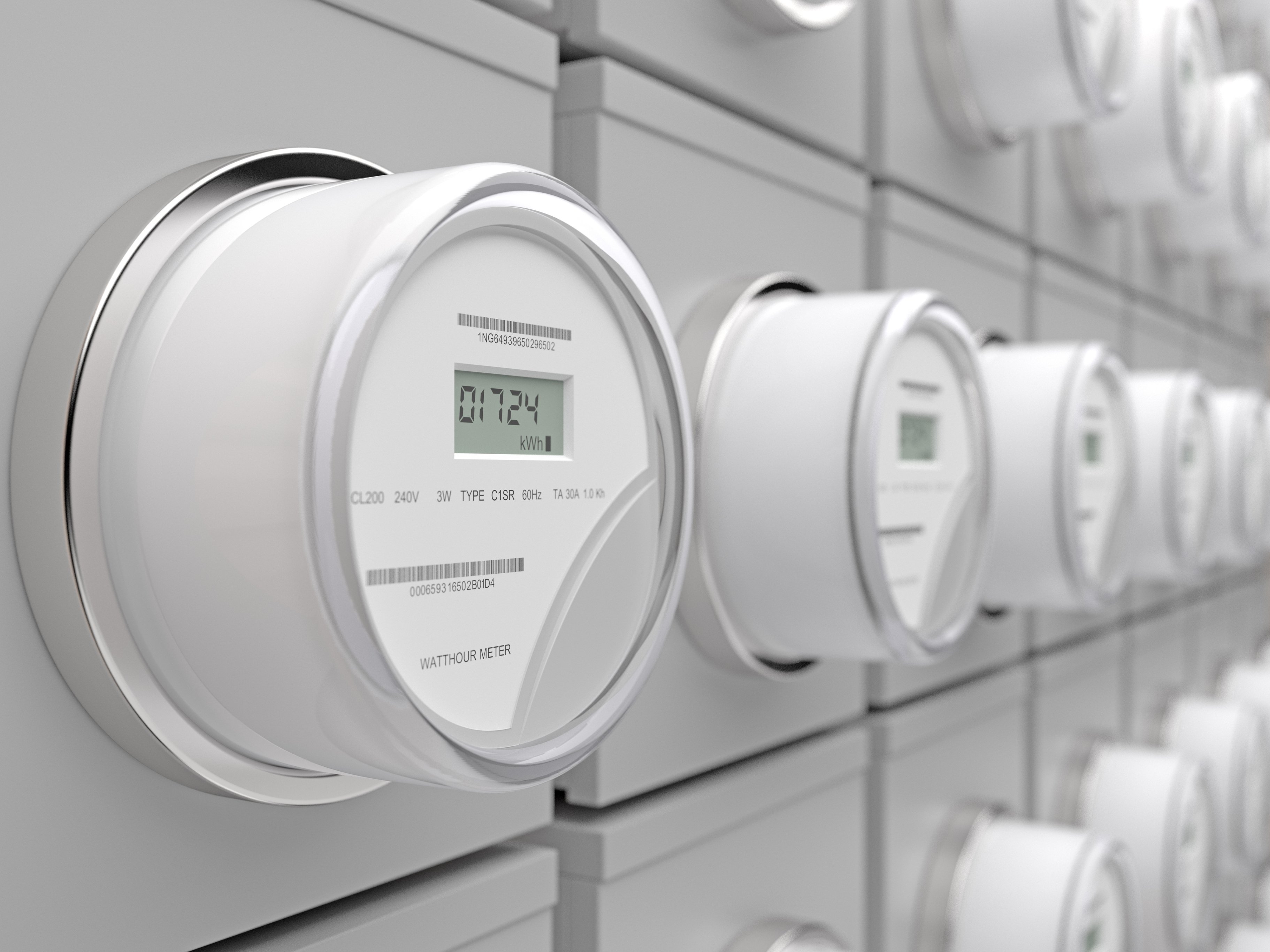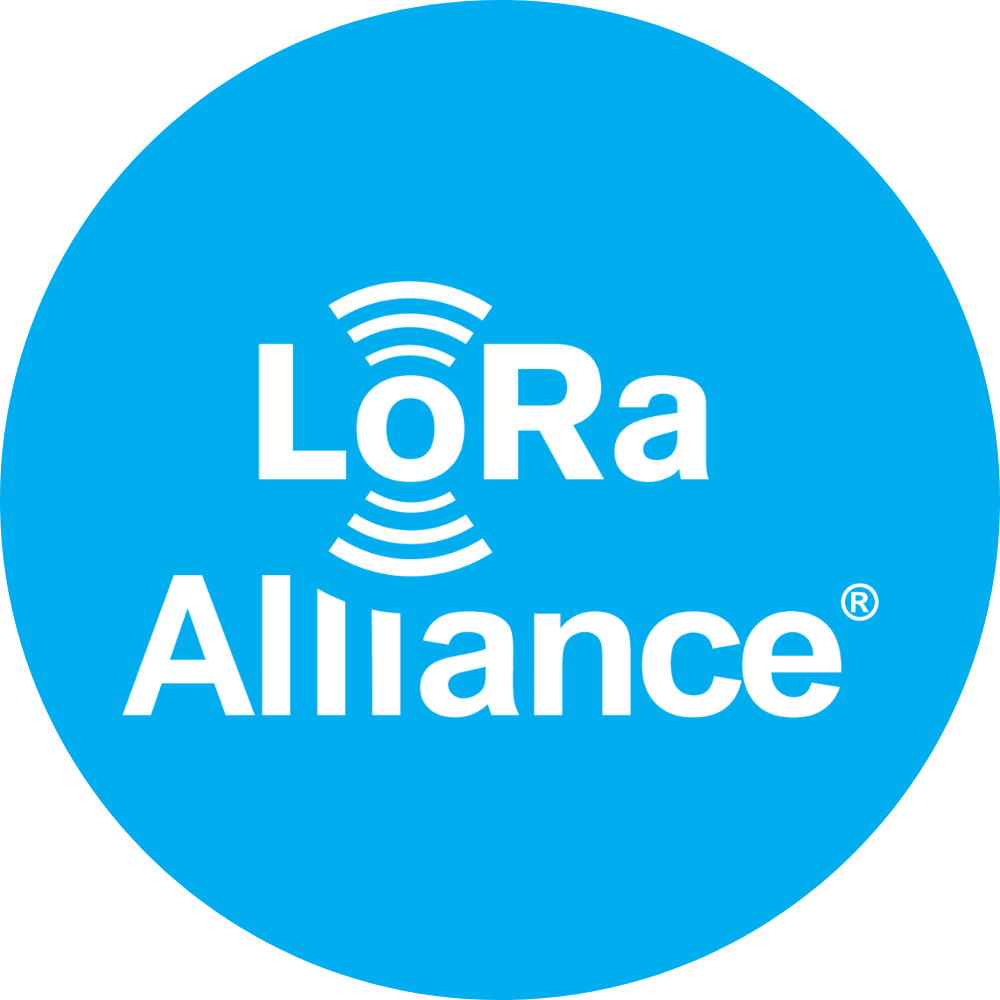Why Energy Harvesting is Essential for the Future of IoT
The global IoT market is expected to reach over 29 billion connected devices by 2030 (Statista, 2024). As deployments scale, especially in remote or infrastructure-less environments, replacing or maintaining batteries becomes impractical and costly. In large-scale building automation battery replacement alone can account for up to 70% of total maintenance costs.
Moreover, the environmental impact of billions of disposable batteries is alarming. According to the United Nations, e-waste generated from discarded electronics—including batteries—surpassed 59 million metric tons in 2022, with only 17% being formally recycled.
Energy harvesting—converting ambient energy into usable electrical power—addresses both these challenges. When integrated into LoRaWAN-based IoT systems, it eliminates the need for frequent servicing, supports continuous data acquisition, and aligns with sustainability mandates like the EU Green Deal and the UN Sustainable Development Goals.
What is Energy Harvesting?
Energy harvesting refers to the technique of capturing energy from external sources—light, heat, motion, or radiofrequency—and converting it into electrical energy to power small electronic devices. For IoT, this means powering sensors, microcontrollers, and wireless transmitters without the need for battery replacement.
Research is currently being conducted on the various sources that can be used to produce electricity to power IoT end devices. The harvested energy is best suited for most low-power applications, for example, LoRaWAN end-devices. Electricity for LoRaWAN devices can be harvested from various ambient power sources such as solar (photovoltaic), thermal, vibration, and radio waves.
Among these, photovoltaic energy harvesting is the most widely adopted due to its simplicity, scalability, and high-power yield relative to device needs. For instance, indoor solar panels (Organic Photovoltaic) can generate about 50 microwatts per cm² under typical indoor light conditions (500-1000 LUX) —enough to power low-energy LoRaWAN sensors.
Photovoltaic Harvesting: Powering IoT with Light
Solar-based energy harvesting is particularly well-suited for LoRaWAN devices because it complements their ultra-low power consumption. New-generation solar cells such as can generate power from indoor lighting, enabling truly self-sustaining LoRaWAN devices in buildings.
Many manufacturers create indoor solar cells that are free form toxic materials, forever elements and rare earth elements ensuring sustainable and secure supply chain. The efficient material design, low-temperature processing and scalable production methods contribute to a lower carbon footprint for device manufacturing process and overall reduce the carbon footprint of smart building devices.
In smart buildings, photovoltaic-powered CO2 sensors and displays have shown average lifespans exceeding 10 years with zero battery replacement, currently infinite energy supply when placed correctly. By harvesting light from indoor environments, these devices help maintain healthy indoor air quality (IAQ), measure temperature, humidity and LUX levels without burdening facilities management with ongoing maintenance.
Customer Benefits of Energy Harvesting LoRaWAN® Devices
As property managers embrace digital transformation through IoT solutions, the operational and financial implications of maintaining connected devices across large-scale deployments become increasingly important. Energy-harvesting LoRaWAN devices offer significant advantages over traditional battery-powered alternatives—particularly in terms of cost-efficiency, sustainability, and deployment flexibility.
1. Maintenance-Free Operation and Reduced DowntimeOperational expenses (including maintenance) account for about 80% of a building’s total lifecycle costs. (Source 2). Within that, frequent battery replacements—typically every 2–5 years—add up quickly. For instance, 10,000 wireless devices, each requiring battery replacement twice over five years (at $300 per event), lead to $6 million in replacement costs alone (Source 3). This figure is strictly for battery-related maintenance, not including other asset upkeep.
By powering devices through solar power organizations avoid routine service calls. This is especially valuable in building automation where hundreds or thousands of nodes may be spread across wide areas or embedded in walls and ceilings.
2. Extended Device Lifetime and System ReliabilityTraditional IoT devices are often limited by the lifespan of their batteries, which deteriorate with temperature fluctuations and repeated discharge cycles. Energy-harvesting devices, by contrast, can last 10+ years under proper conditions. Since many of these devices use capacitors or rechargeable storage instead of primary cells, they’re better suited for long-term reliability and environmental resilience.
This extended lifecycle reduces the risk of data gaps due to dead batteries and ensures consistent network performance—key for time-critical applications like HVAC optimization, occupancy detection, or predictive maintenance.
For example, deploying LoRaWAN CO2 Display equipped with NDIR sensor and temperature & humidity sensor in an office environment can maintained consistent operation through dim winter months, requiring no servicing.
3. Lower Total Cost of Ownership (TCO)
While energy-harvesting devices may have a higher upfront cost, typically 10–30% more than battery-based alternatives, the overall TCO is significantly reduced when accounting for labor, travel, hardware replacements, and downtime. As device scale increases, so do these savings.
In high-density deployments such as multi-unit residential buildings or campuses, the labor cost of servicing thousands of batter-powered units annually can dwarf the cost of devices themselves.
4. Sustainability and Regulatory Compliance
Companies worldwide are increasingly subject to stringent environmental regulations and corporate sustainability goals. Traditional IoT deployments relying heavily on disposable batteries contribute significantly to electronic waste, which globally amounts to millions of tons annually. Solar-powered LoRaWAN sensors, which leverage renewable ambient energy sources, drastically reduce environmental impact, aligning businesses with sustainability regulations and improving their environmental footprint.
There are multiple advantages of making energy harvesting an essential and transformative part of modern IoT deployments. Organizations across sectors—from agriculture and logistics to smart buildings and infrastructure management—gain substantial operational, economic, and sustainability advantages.
Great Potential and Increasing Traction, But Not Without Challenges
With energy harvesting, the new status quo’s main question becomes “How long will the electronics last?”, not “When will I have to replace the battery?”.
Energy harvesting comes with its own challenges – from efficient storage techniques to very accurate evaluation of whether there’s enough energy to be harvested with the chosen method (light, thermal, vibration, etc.) for the application.
Energy Harvesting should be taken up by manufacturers who already have experience with minimizing the consumption of their devices. Energy harvesting comes with its own set of challenges for manufacturers – from balancing their device consumption with the energy available for harvesting, to DFM (Design For Manufacturing) and more.
IoT using energy harvesting also makes deployments more challenging – e.g. using light harvesting, the installer must take into account where to mount the device so that it receives sufficient light, but that cost is offset by the saved expenses for site visits to change batteries.
Last but not least, a commercial challenge for devices with Energy Harvesting is the customer’s trust whether the device will indeed be able to work reliably without batteries. Perhaps that’s the reason why we see some manufacturers combining energy harvesting and the option for batteries. As the market gains trust in Energy Harvesting technologies, perhaps we'll see such combined (or hybrid) powering only as a stepping stone.
| Supplier | Product | Energy Harvesting Source | Website |
| MClimate | CO2 Display | Organic PV | Learn More |
| MClimate | CO2 Display Lite | Organic PV | Learn More |
| MClimate | Wireless Thermostat | Organic PV | Learn More |
| Elsys | ECO Temperature Humidity CO2 | Organic PV | Learn More |
| Dryad | Silvanet Wildfire Sensor | PV | Learn More |
| Truvami | Smart Label | Organic PV | Learn More |
| Micropelt | MLR003F Trinkwasserlosung | Thermo-electric | Learn More |
| Orioma | LOBX | Organic PV | Learn More |
--
Interested in becoming a guest blogger for the LoRa Alliance®? Please contact marketing@lora-alliance.com with your blog idea and draft.






